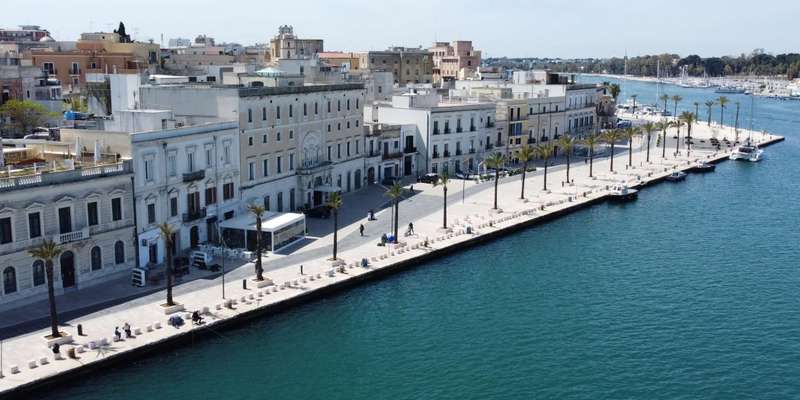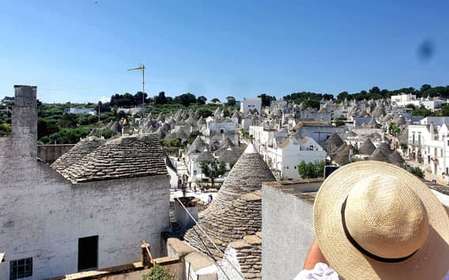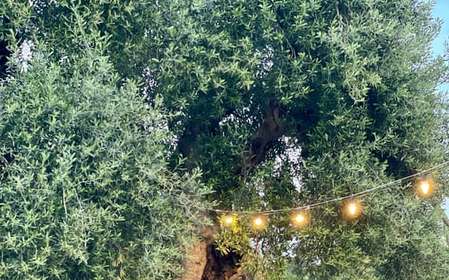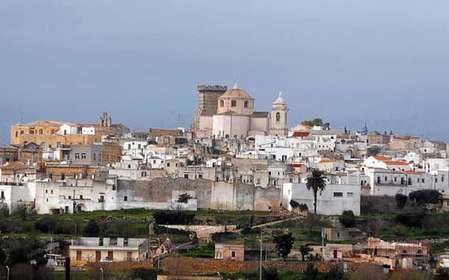- Home
- Useful Tips
- Where to find Brindisi's top...
Brindisi's coastal wetlands host over 200 migratory bird species, yet most visitors miss these ecological treasures. Frustrated birders often wander aimlessly through crowded tourist areas, unaware that flamingos and black-winged stilts feed just minutes from the city center. A 2023 wildlife survey revealed 78% of seasonal species go unnoticed by travelers, with many assuming they need to trek to distant reserves. The reality? Brindisi's salt pans and lagoons offer world-class sightings without the hassle – if you know where to look. Hidden access points, tidal patterns, and local conservation efforts create fleeting opportunities that generic travel guides overlook.


Why Torre Guaceto beats crowded nature reserves for rare sightings
The Torre Guaceto Marine Protected Area's freshwater marshes provide critical rest stops for exhausted trans-Saharan migrants each spring. Unlike larger parks that scatter birds across vast areas, this compact wetland concentrates species like squacco herons and glossy ibises in predictable feeding zones. Local rangers maintain discreet observation platforms camouflaged with reeds, allowing intimate views without disturbance. Time your visit for two hours before high tide when wading birds follow the receding waterline toward viewing areas. Early mornings in April and May reveal the greatest diversity, with occasional rarities like slender-billed gulls mixing with resident avocets. The reserve's strict visitor limits mean you'll share sightings with serious birders rather than noisy tourist groups.
Salina di Punta della Contessa – urban flamingos without the crowds
Just eight kilometers south of Brindisi's cruise port, this industrial-era salt pan has become an accidental paradise for pink flamingos. Over 300 pairs nest here annually, their vibrant plumage contrasting against the white salt crusts. The site's operational history means access requires navigating unmarked service roads – follow the gravel path behind the disused factory building for the safest approach. Winter months bring the most spectacular congregations, with flocks sometimes exceeding 2,000 birds. Bring a spotting scope to distinguish greater flamingos from their lesser counterparts across the expansive pans. Local conservationists occasionally lead free sunrise walks during peak migration; check the Brindisi Natural History Museum's event board for last-minute openings.
Secret coastal trails where birders spot rare raptors
The crumbling watchtowers along Brindisi's limestone coastline serve as perfect perches for Eleonora's falcons and peregrines hunting over the Adriatic. A little-known footpath connecting Lido Specchiolla to Torre Testa reveals cliffside nesting sites inaccessible to most visitors. September brings the spectacular sight of honey buzzards and levant sparrowhawks skimming the headlands during their sea crossings. Wear sturdy shoes for the rocky terrain and pack polarized sunglasses to spot birds against the glare. Local fishermen's trails marked with blue paint dots offer safer alternatives to overgrown official routes. For the best experience, arrive before 9 AM when thermal currents help raptors gain altitude for their daily hunts.
When DIY fails – ethical guided tours that access restricted zones
Some of Brindisi's richest bird habitats lie within protected military zones or active salt production facilities requiring special permits. Reputable local guides like Puglia Wildlife Tours secure these hard-to-get accesses while respecting sensitive ecosystems. Their half-day 'Flamingo Route' includes transport to normally off-limits evaporation ponds where spoonbills and black-tailed godwits feed undisturbed. For serious photographers, select operators offer hides positioned at perfect eye-level with waterfowl. These tours prove invaluable during August's mass shorebird migration, when thousands of sandpipers and plovers stage in areas closed to independent visitors. Always verify operators contribute to habitat conservation – genuine professionals will share their bird banding data and research partnerships.



